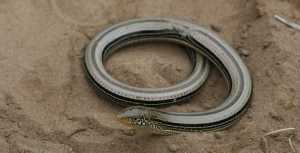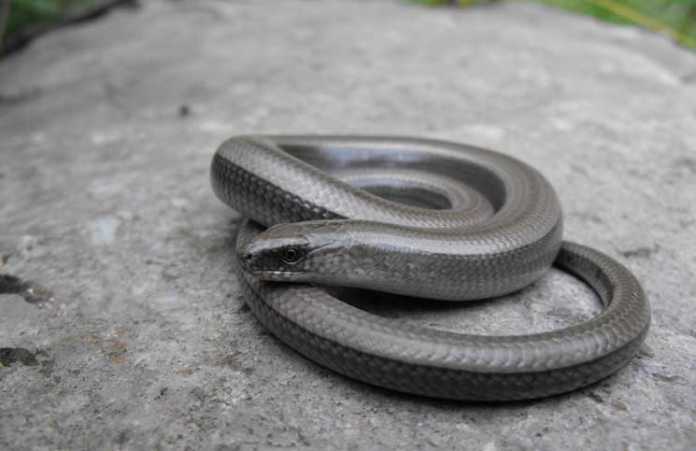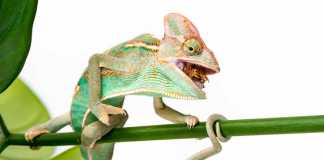[dropcap]If [/dropcap]you think about it, then Lizards are with no doubt one of the most amazing species out there.
Can you imagine if we could just drop a part of our body, let’s say a hand, then move on running as if nothing happened, and then just grow that hand right back as it was?
Well, that’s exactly what the Glass Lizard does, similarly to many other lizard species.
Lizard have the amazing ability to escape predators by dropping off part of their tail. In the case of the Glass Lizard, the tail can break like glass, into several pieces, hence the name. As we’ve all seen at one stage of our lives – the lizard’s tail remains moving as it distracts the predator, while the lizard can easily escape. Old folk tales used to describe how the tail shatters into several pieces, and some even believed that the tail pieces would later rejoin, but that of course – was a myth.
Contrary to the normal lizards we all know from home, the Glass Lizard has no legs, and it actually looks more like a Snake. However, its moveable eyelids, ears, inflexible jaws and head shape – reassure us that they are indeed Lizards. There are a few species of Glass Lizards that do have tiny legs that are no longer in use, but most are legless. Two well known species are the Eastern Glass Lizard, and the Slender Glass Lizard.
The Eastern Glass Lizard

If you notice a lizard with a few white bars behind the head, lacking the dark markings below the lateral groove, then it’s most probably the Eastern Glass Lizard. Its color usually ranges from light brown to greenish, and it’s regarded as one of the longest and heaviest glass lizards alive. It can be found throughout the eastern and southern parts of South Carolina and Georgia. However, they are most common in the Coastal Plains, sandy areas and dunes. The Eastern Glass Lizard preys on spiders, insects and even on other small reptiles and rodents.
The Slender Glass Lizard

The Slender Glass Lizard can move extremely fast, similarly to the serpentine movement of a snake. It mainly inhabits the eastern parts of the U.S, and usually sleeps in burrows that it “borrows” from other animals, where it might even hibernate during the winter. It has yellow to brown bodies, with several stripes and grooves. The female Slender Glass Lizard lays and broods its eggs during the summer time. The average clutch is between 10-12 eggs, which hatch about 2 months after being laid. Each tiny baby Slender Glass Lizard is around 12-14 cm long at birth, and can grow up to 1 meter.




[…] name for them is “glass lizard” because of a myth that states their tails break like glass and the pieces could […]